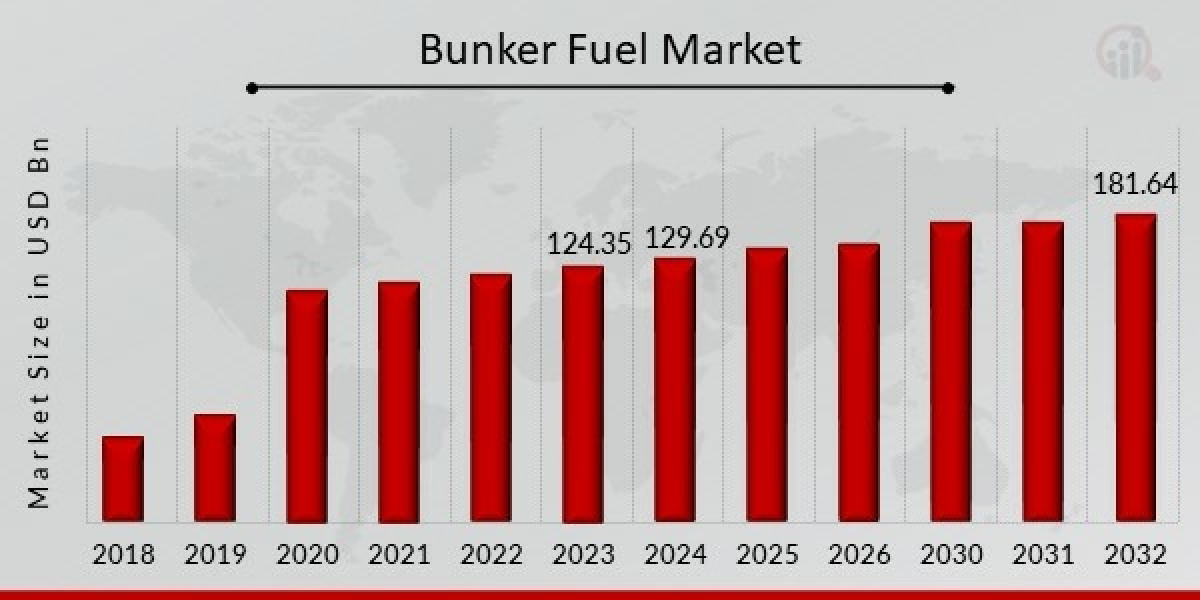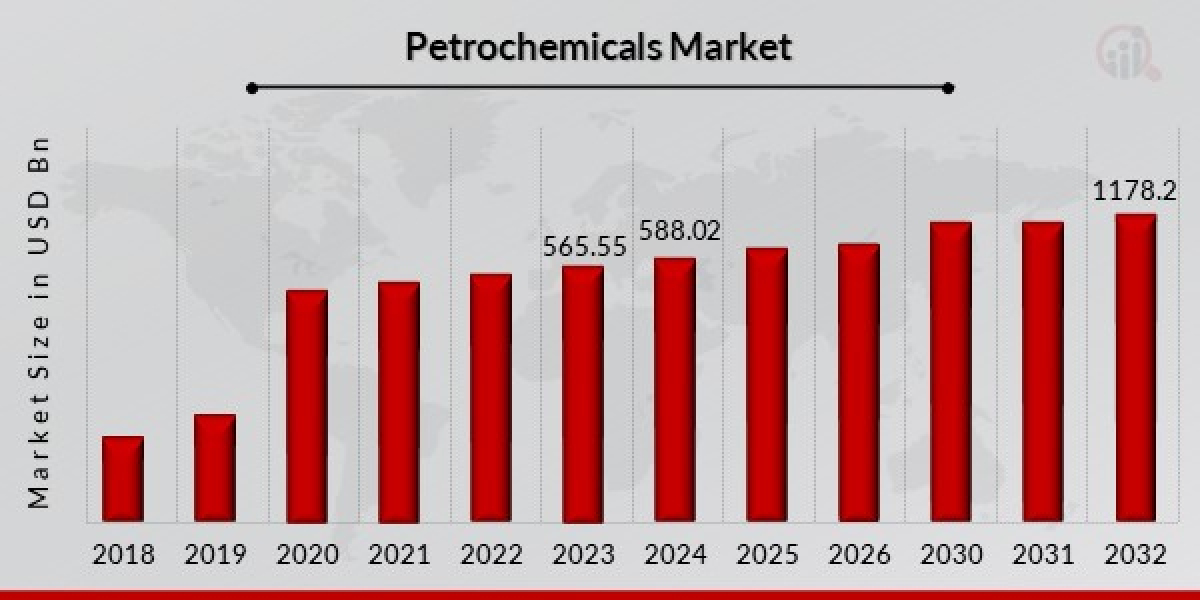The bunker fuel market is a vital component of the global energy and maritime sectors, playing a crucial role in powering the vast network of cargo ships, tankers, and other commercial vessels that facilitate international trade. As global commerce continues to expand and the shipping industry grows in complexity and scale, the demand for bunker fuel — the fuel used to power ships — remains strong and dynamic. This market is influenced by a range of factors, including environmental regulations, technological developments, supply chain disruptions, and geopolitical trends.
Bunker fuel, also known as marine fuel, is divided primarily into two categories: heavy fuel oil (HFO) and distillate fuels such as marine diesel oil (MDO) and marine gas oil (MGO). Traditionally, HFO has been the dominant type due to its lower cost. However, concerns about pollution and new environmental regulations have led to a growing demand for cleaner alternatives. In recent years, the industry has seen a gradual shift towards low-sulfur fuels and alternative marine fuels like liquefied natural gas (LNG), biofuels, and even hydrogen-based fuels.
The International Maritime Organization (IMO) has played a pivotal role in reshaping the bunker fuel market. The IMO 2020 regulation, which came into effect in January 2020, mandated a reduction in the sulfur content of marine fuel from 3.5% to 0.5%. This regulatory change significantly altered the dynamics of the market, prompting shipowners and operators to either switch to low-sulfur fuel oil (LSFO), install scrubbers to clean emissions from traditional HFO, or invest in vessels capable of running on alternative fuels. The regulation not only impacted fuel producers but also reshaped shipping logistics, port infrastructure, and fuel pricing strategies.
The transition to cleaner fuels has also introduced new supply chain challenges. Refineries around the world had to adapt their production processes to meet the rising demand for LSFO. Additionally, ports and fuel suppliers had to ensure the availability of compliant fuels, often requiring costly infrastructure upgrades. These changes, although necessary for environmental compliance, have added new layers of complexity and cost to the maritime industry.
Despite these challenges, the bunker fuel market continues to exhibit resilience. The demand for maritime transport remains strong, driven by globalization, e-commerce, and expanding trade routes, especially in Asia-Pacific and the Middle East. Major ports such as Singapore, Rotterdam, and Fujairah have emerged as key hubs for bunker fuel supply, offering a wide range of fuel options to meet evolving demands.
In terms of pricing, the bunker fuel market is highly sensitive to fluctuations in crude oil prices, global economic trends, and regional conflicts. For instance, disruptions in oil supply due to geopolitical tensions or natural disasters can lead to price spikes, impacting shipping costs and global trade economics. Moreover, the shift towards decarbonization and net-zero emissions goals by 2050 adds another layer of complexity, as both regulators and shipping companies explore long-term alternatives to fossil-based marine fuels.
Technological innovation is another key driver shaping the future of the bunker fuel market. Engine manufacturers and maritime technology firms are actively developing engines that are compatible with multiple fuel types, allowing greater flexibility in fuel sourcing and consumption. Additionally, digital tools and fuel management systems are being deployed to monitor fuel usage, optimize routes, and reduce emissions, thereby helping companies improve efficiency and comply with regulatory requirements.
Sustainability trends are accelerating the move towards alternative fuels. LNG is currently one of the most viable transitional fuels due to its lower emissions profile compared to conventional marine fuels. However, it is not without challenges, including methane leakage concerns and the need for specialized infrastructure. Biofuels and synthetic fuels are gaining attention as more sustainable options, particularly for ships operating in emission control areas (ECAs) where stricter standards apply. Hydrogen and ammonia are also being explored for their long-term potential, though technological and logistical hurdles remain before they can be adopted at scale.
Looking ahead, the bunker fuel market is poised for continued transformation. The pressure to reduce carbon footprints, coupled with evolving environmental legislation, will drive innovation and push industry stakeholders towards cleaner, more sustainable energy sources. Shipping companies, fuel producers, and regulatory bodies must work collaboratively to navigate the transition while ensuring energy security and cost-efficiency.














